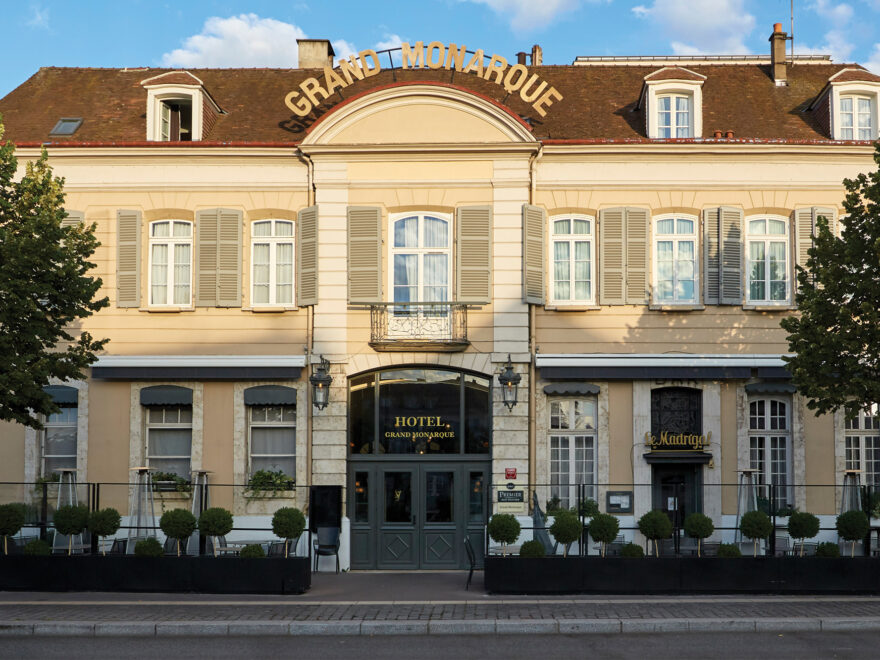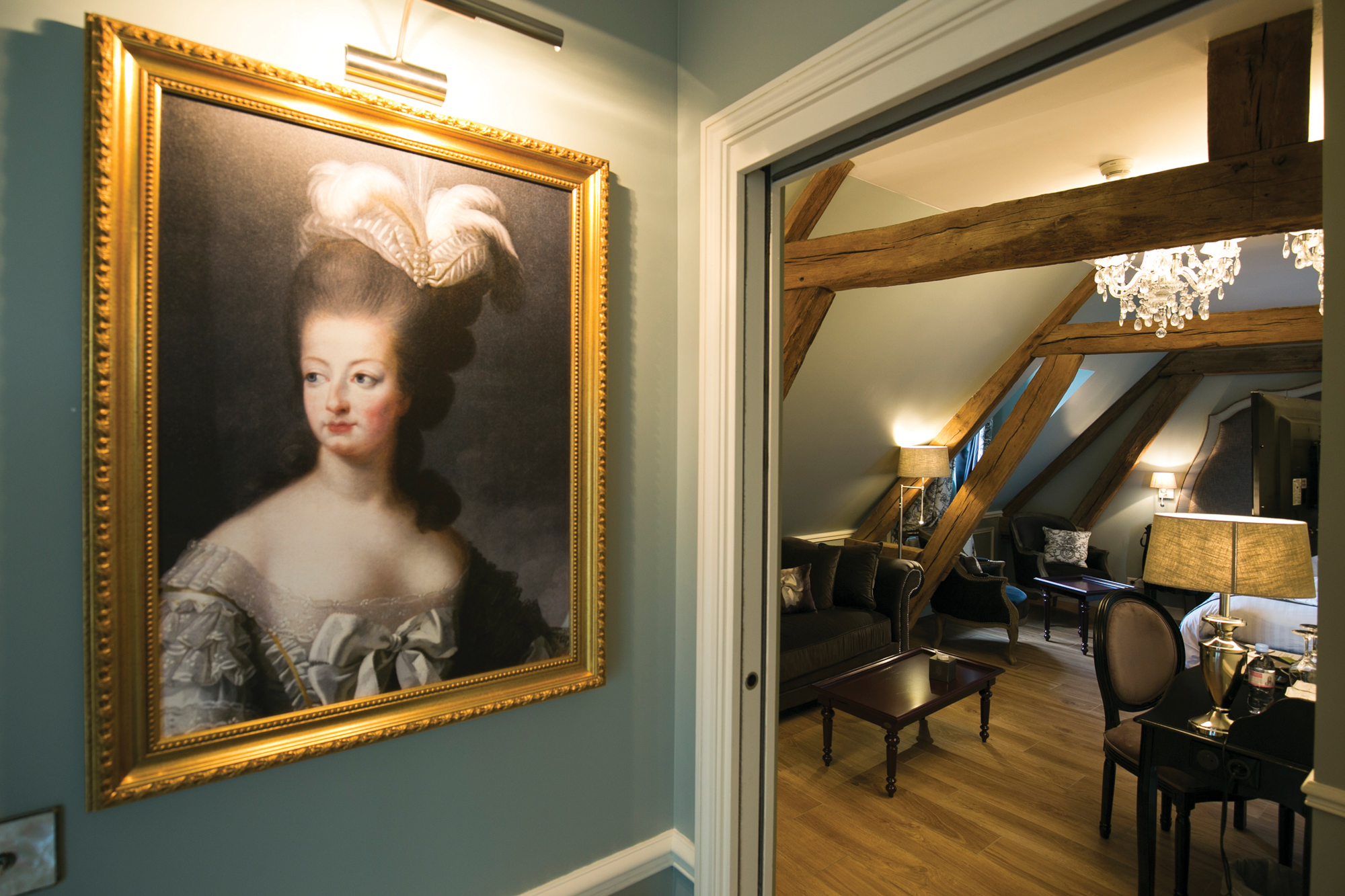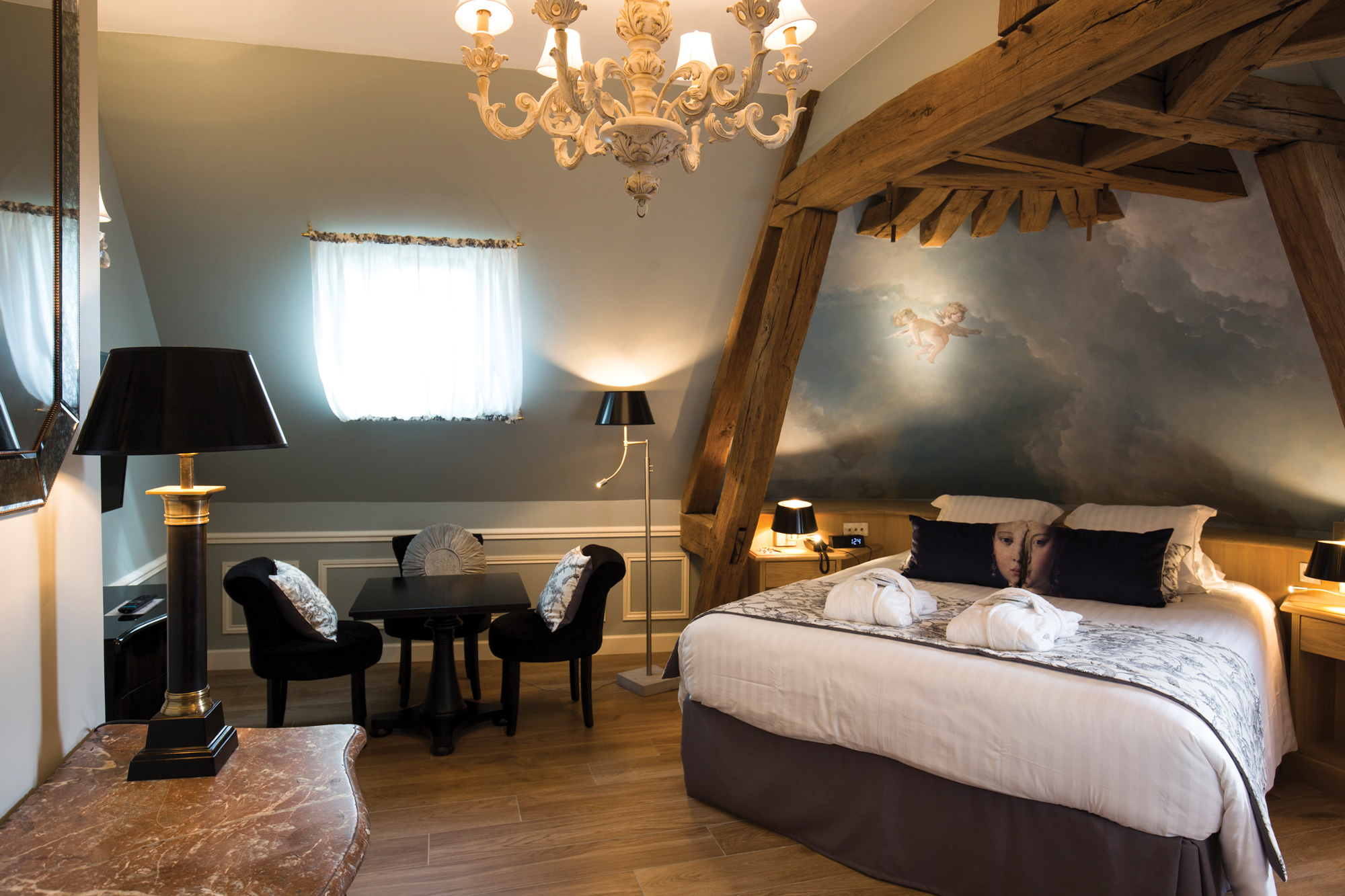As the world moves towards net-zero goals, the awareness of building retrofit opportunities continues growing. Regardless of building size, cost optimization remains crucial in pursuing energy efficiency.
Recent regulations now require energy management systems for buildings below 250-kilowatt load (kW), creating new opportunities for tailored solutions in retail and mid-market sectors.
At Schneider Electric, we identify three retrofit scenarios, each with distinct levels of renovation requirements, varying ROIs, building disruptions, and carbon impacts, providing a strategic path toward sustainable building upgrades:
- Light interventions for compliance and efficiency: Suitable for buildings with recent upgrades to major building systems and need minimal interventions for optimising existing systems.
– Expect up to 45% energy and operational carbon reduction improvements. - Medium retrofits to compete in the market: Ideal for buildings with older systems to deliver additional savings given its required higher levels of investment and slightly higher operational disruption.
– Expect up to 85% energy and operational carbon reduction improvements. - Deep renovations to lead the market: For buildings in highly competitive markets requiring deep renovations to get assets as close as possible to net zero as quickly as possible.
– Expect up to 85+% energy and operational carbon reduction improvements.
A successful example of one of these retrofit strategies is in Chartres, France, where the Grand Monarque is a 4-star hotel housed in a 600-year-old building. They decided to deploy EcoStruxure for Small-Medium buildings for a ‘light intervention’ approach for energy compliance and efficiency as the first step in their decarbonisation journey. I recently spoke with Bertrand Jallerat, the owner of Grand Monarque, to discuss their approach to energy renovations in such a historic, culturally significant building.
What motivated Grand Monarque’s energy renovation plan?
The Grand Monarque operates in a 600-year-old building, so we had to breathe some new life into it and bring it into the 21st century but in a responsible way.
Sustainability and responsible practices are our operational cornerstones. We have been EcoCert certified for 15 years and are one of the early adopters of the Green Key label, a leading standard of excellence in sustainable accommodation and restaurant tourism. We recently undertook the Diag Eco-Flux, an energy audit supported by BPI and ADEME, for a comprehensive analysis to identify how we can optimise operational costs and significantly reduce our environmental impact.
The escalating energy crisis also pushed us towards sustainable energy solutions. We needed to understand consumption patterns better and gain insights into our infrastructure’s energy usage. Identifying facilities and processes that consumed the most energy allowed us to develop effective, ongoing action plans. Our challenge was the lack of visibility into where and how energy was consumed in the building. This became crucial as our electricity costs rose from 80 to 650, 700, or even 750 euros.
Can you tell us about your energy renovation process so far?
I met with B2Ei, our Schneider Electric EcoXpert partner, to identify and choose the right solution for my needs. This involved a preliminary hotel audit, resulting in an energy efficiency and decarbonisation action plan. Next came the digitalisation of our electrical assets so we could measure energy consumption, identify areas for savings, and optimise those areas.
This was when I was introduced to the EcoStruxure Energy Hub solution, which is tailor-made for the mid-market, i.e., mid-size buildings like our hotel. It’s a digitally integrated energy management system designed to increase energy consumption awareness with real-time performance analysis capabilities. Its installation was seamless and operational within a single day to provide instant energy data access. After its installation, we met with the Schneider Electric team to analyse our first reported energy use trends. We found that using our exact building layout, we could now determine theoretical power consumption and precisely measure our actual consumption. With this data, my technician, who observes the hotel’s daily energy usage, can fine-tune control.
We are currently working on a deployment to improve our system and make it even more efficient. We are also looking to roll out the solution across all our operating teams so they can analyse their usage patterns and support their interpretations for implementing timely, rapid actions.
Which technologies were used during the renovation?
We deployed PowerLogic PowerTag energy sensors and EcoStruxure Panel Server gateways, which are wireless, state-of-the-art solutions with minimal footprints in our final distribution panel. These devices gather granular energy usage data from various points across our power infrastructure. The ability to move PowerTag meters makes the solution very modular and scalable.
Schneider Electric provided the EcoStruxure Energy Hub solution with energy sensors, metering, and IoT gateways, enabling real-time data monitoring and analysis in a user-friendly dashboard. This allowed us to visualise and accurately analyse our energy consumption patterns. By identifying equipment that was operating 24/7, we gained clear visibility to focus our energy optimisation efforts and reduce overall consumption. After just two months, we observed that the hot tub in the spa was consuming large amounts of electricity at night when it wasn’t in use.
After the renovation, what were the energy savings results?
While it’s still in its early days, it became obvious that a significant portion of our power consumption could be attributed to two key areas: guest accommodations (e.g., spa, swimming pool, guest room HVAC and lighting) and food service operations (e.g., refrigeration and HVAC). This data insight provided a clear direction on which to focus our energy optimization efforts and start taking action to control when and where the hotel’s energy was consumed. As a result, EcoStruxure Energy Hub helped us save at least 15% on energy costs within the first six months. Next, we plan to carry out structural improvements that will allow us to meet regulatory obligations like the Tertiary Eco-Energy Scheme and reduce our consumption by at least 40% by 2030.
How did the team measure these energy savings?
We wanted to start working on programming and piloting, so we conducted an energy audit, which gave us some clues. It is one thing to want to reduce consumption, but it is also necessary to respect building automation control system (BACS) regulations.
While we have only six months of operation using the EcoStruxure Energy Hub solution, our staff already has a real awareness of usage and is building on that momentum. Within the first two months, we observed considerable consumption outside typical operating hours. For example, after shutting down the hotel’s hot tub at night, we learned that the hot tub’s integrated ventilation was also not running at night, which led to paint deterioration in the spa’s interior.
We began working with our Schneider Electric sales representative to set up a speed variation for the hot tub pumps to reduce consumption while allowing the ventilation to keep running. We are still discovering other areas where we can take action to reduce energy consumption in the hotel.
We discovered that cooking is our second-most consuming area. The observation is a high energy consumption at night; perhaps the refrigeration unit is working too much?
We are now working with our chefs to reduce energy consumption in the restaurant kitchen, such as turning on the ovens later in the morning. Our energy-reduction efforts are ongoing as we gain more visibility into the Grand Monarque’s energy consumption.
After six months of using the solution, we saw a 15% reduction in energy use, thanks to its energy consumption insights and monitoring capabilities. These insights empowered us to make operational changes to reduce energy costs and to continue raising the bar for our sustainability goals. Controlling energy waste and costs requires ongoing analysis and system fine tuning.
What were the main challenges encountered during the energy renovation?
While the installation was quick and easy, our challenge was getting facility staff familiar with the solution. Another challenge is having staff who can continue to develop energy analysis skills, understand how we consume, and what actions to take to improve efficiency or reduce consumption.
What advice would you give to other companies considering a similar energy renovation?
Don’t hesitate to start with a light energy renovation to optimise the performance of your existing systems. There is a lower upfront investment, minimal disruption, a high return on investment, and an immediate benefit of reducing energy consumption and lower carbon impact. Also, I would encourage others to familiarise themselves with new energy solutions, like EcoStruxure for Small-Medium Buildings, and to ensure a dedicated individual can analyse these new data reports. Our hotel is now on track to meet Tertiary Eco-Energy (DEET) commitments, a regulatory timetable that aims to reduce energy consumption by 40% by 2030, 50% by 2040, and 60% by 2050.
What are Grand Monarque’s future innovations or energy plans?
Our next steps will be improving the insulation of the building (in the walls and openings), installing photovoltaic panels, and controlling airflow, such as controlling moisture damage, reducing energy losses, and ensuring occupant comfort and health. I am also researching an optimised control solution for building management.
In addition, we plan to include EcoStruxure Energy Hub at the start of future hotel projects so they can analyze energy consumption from the beginning to develop their hotel operations in an energy-efficient and sustainable way.
A beacon of innovation
If you’re also interested in renovating your facility, discover our proven 3-step process to help you make the all-digital, all-electric transformation.
Discover more about our EcoStruxure Energy Hub solution or contact a Schneider Electric expert who can assess your situation and carry out a diagnosis.




